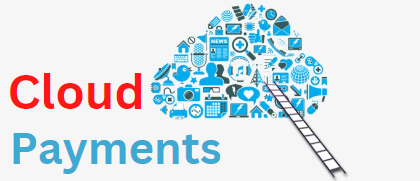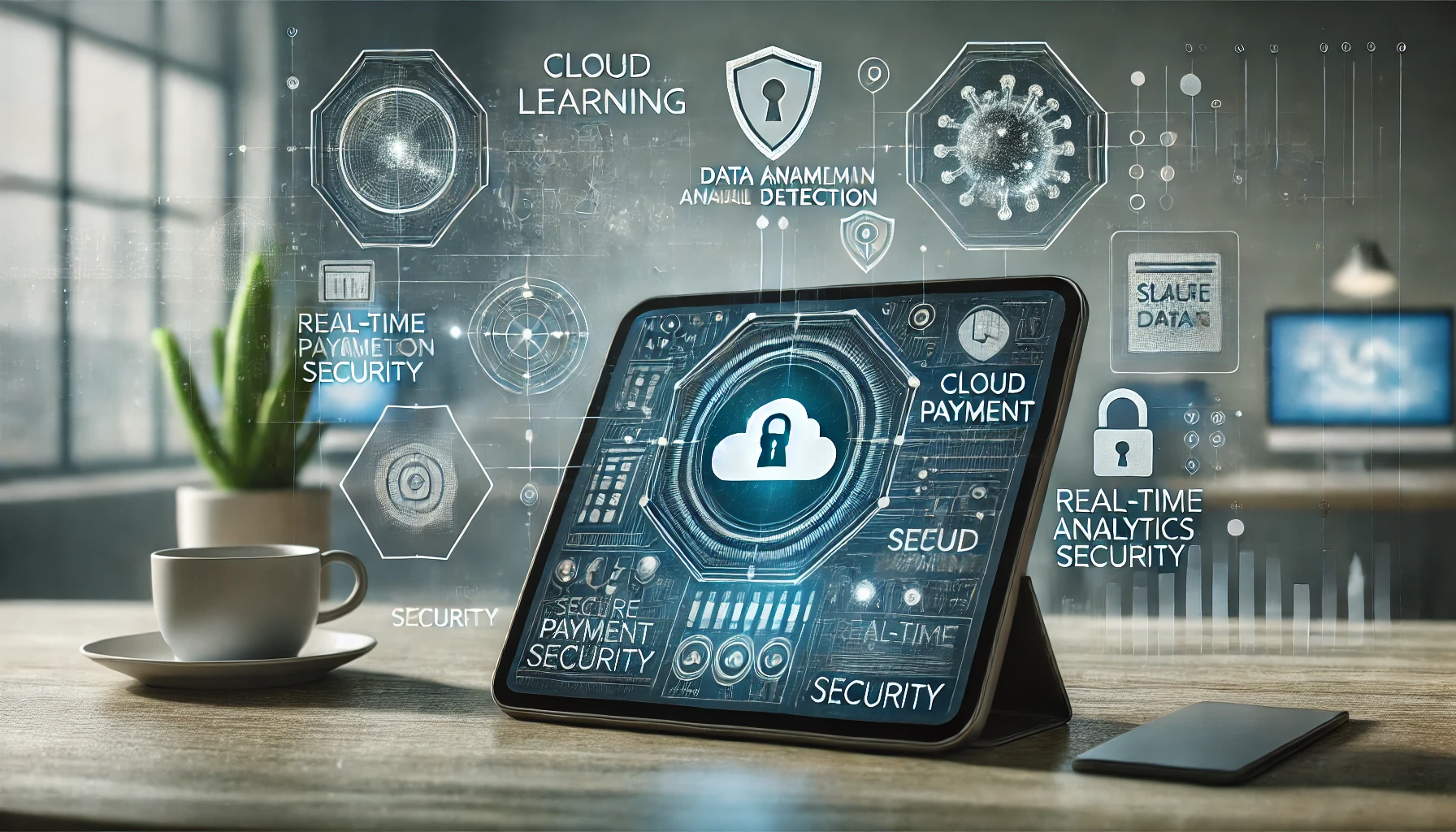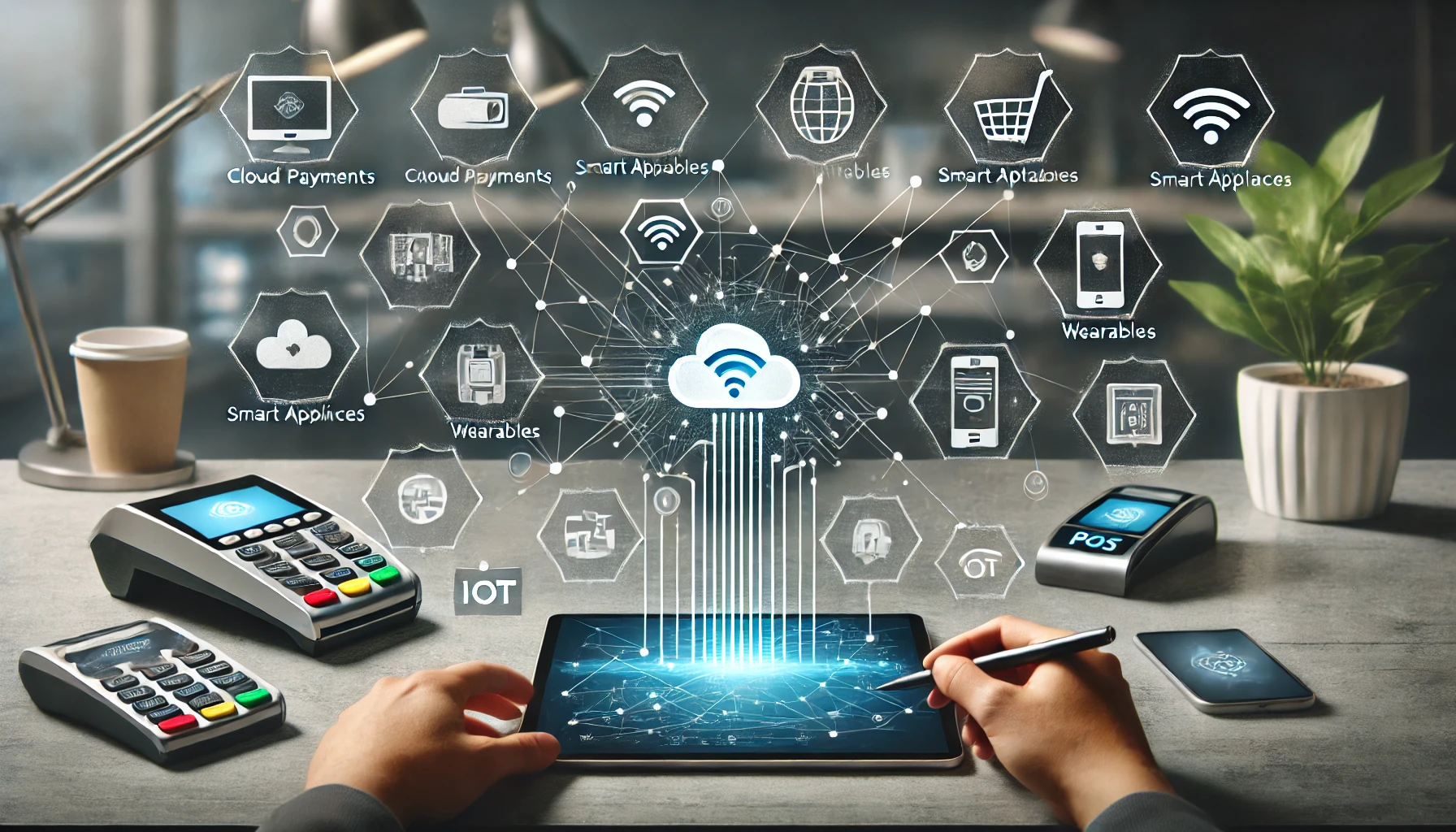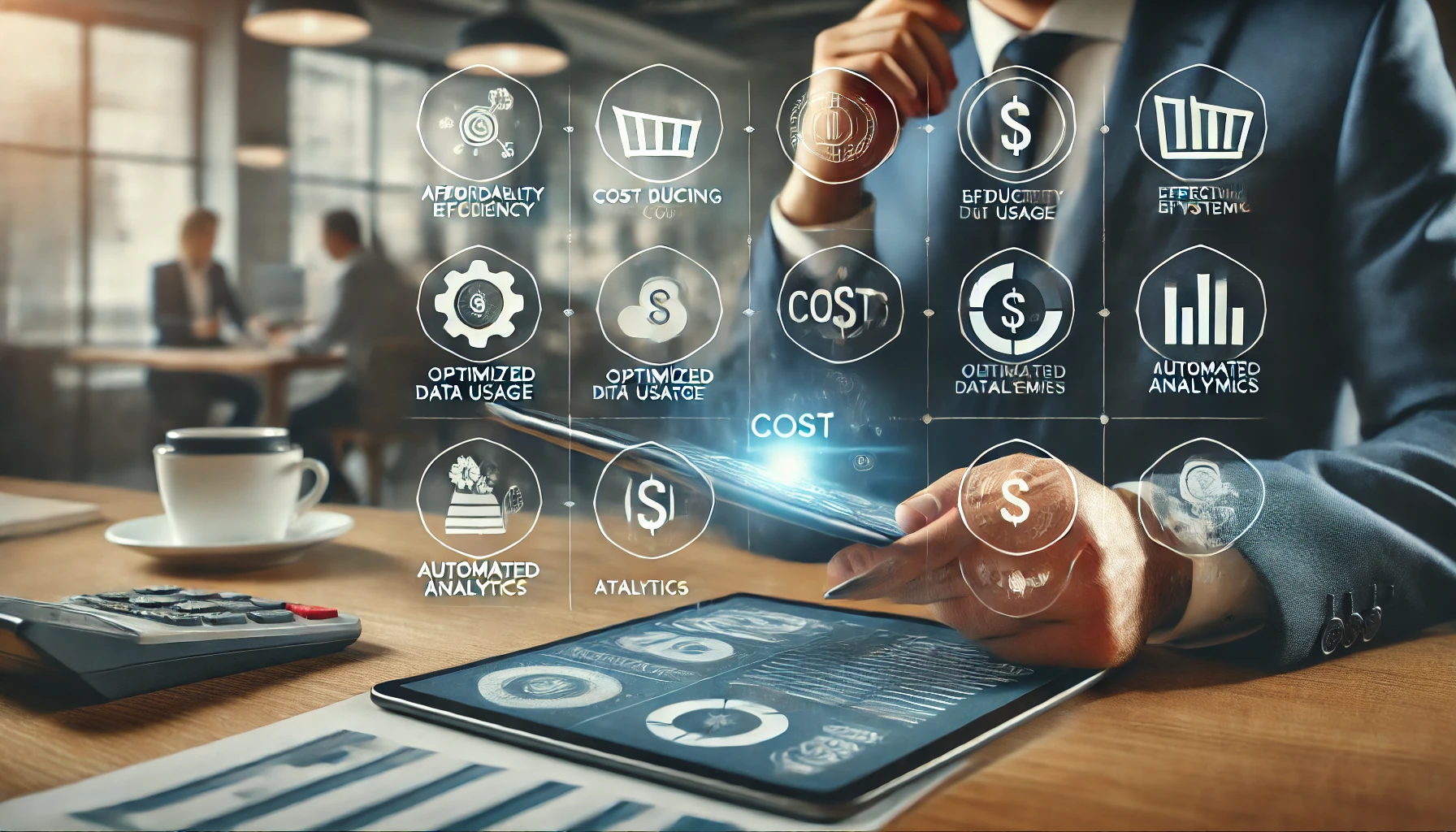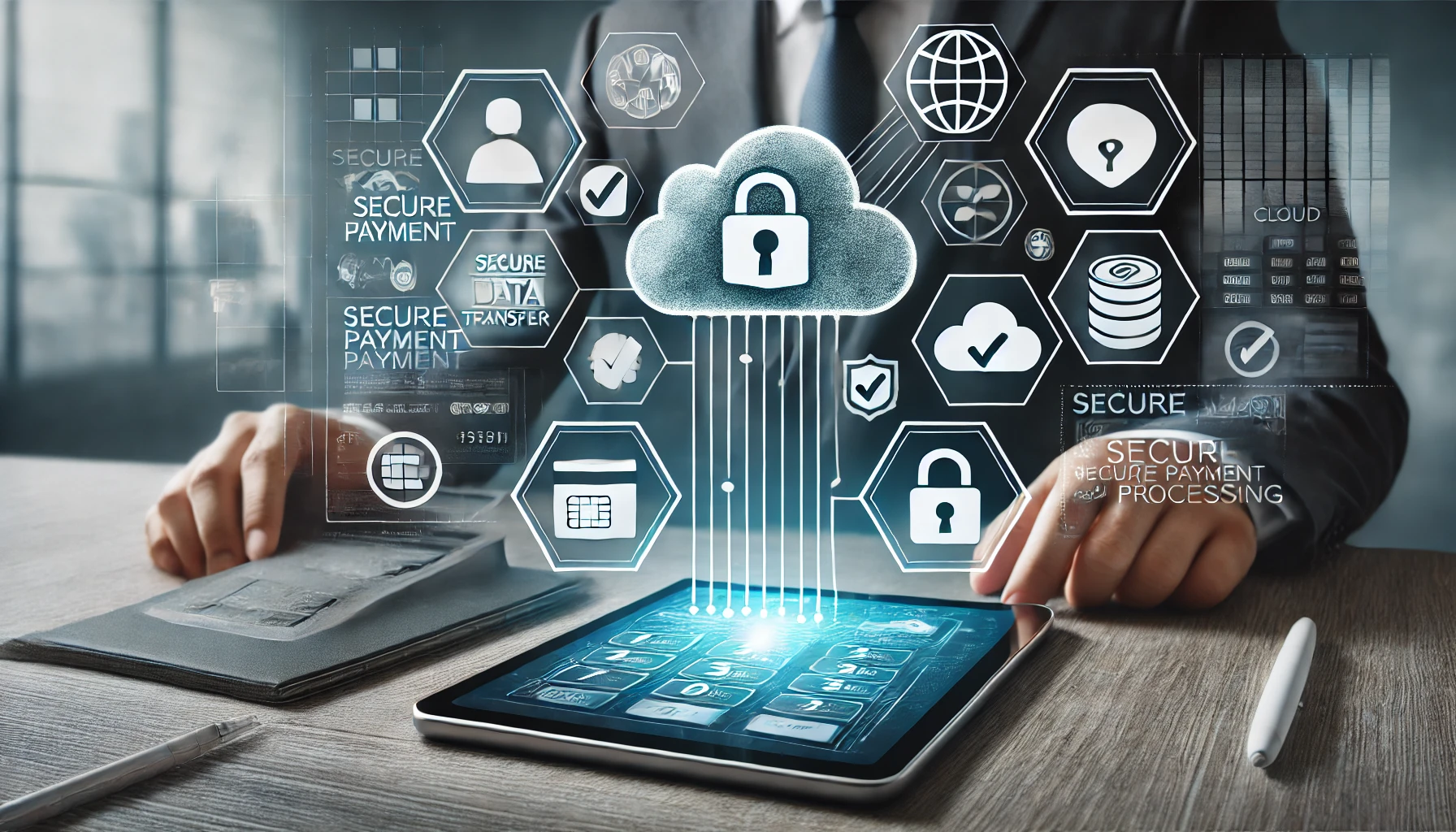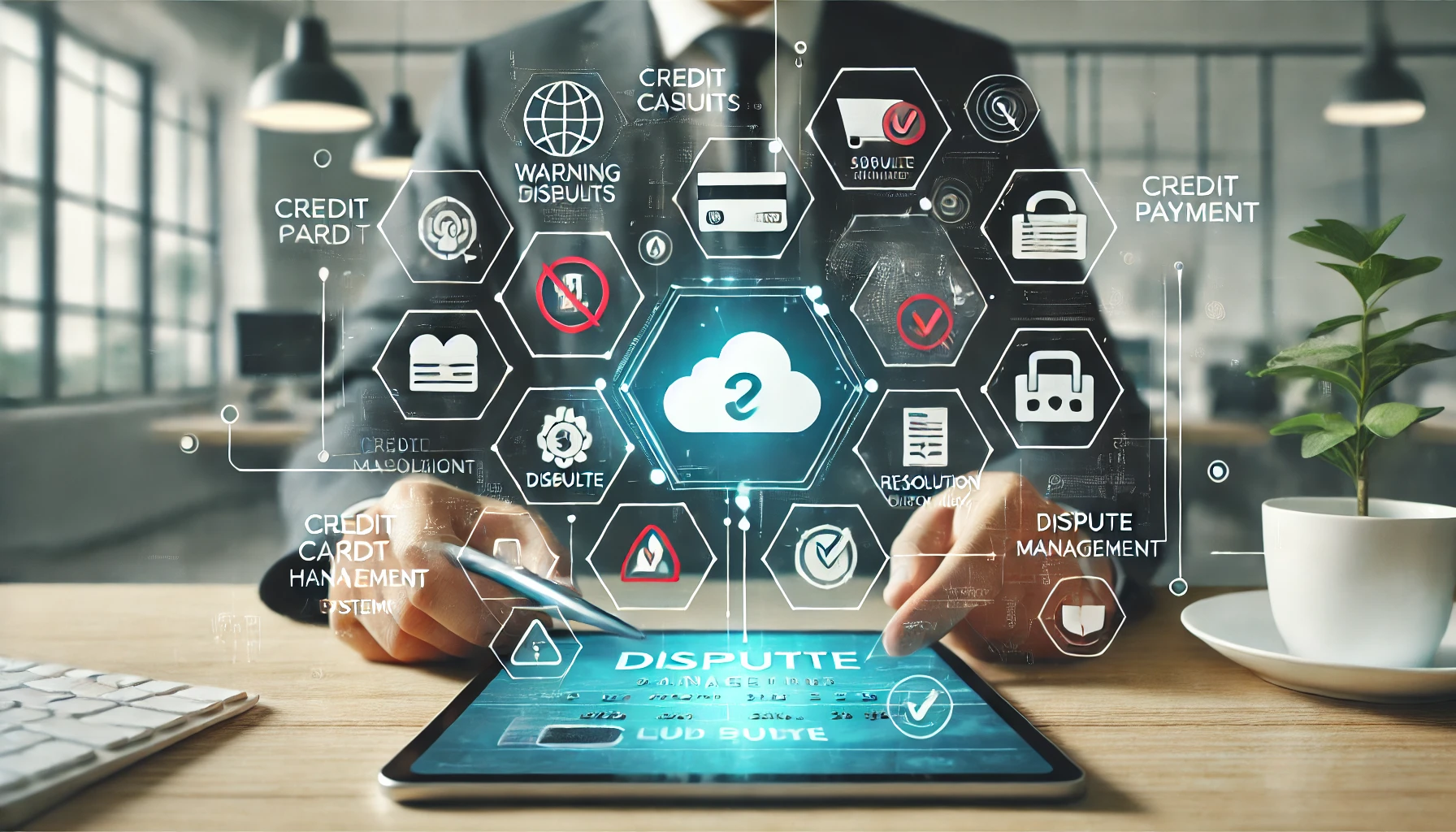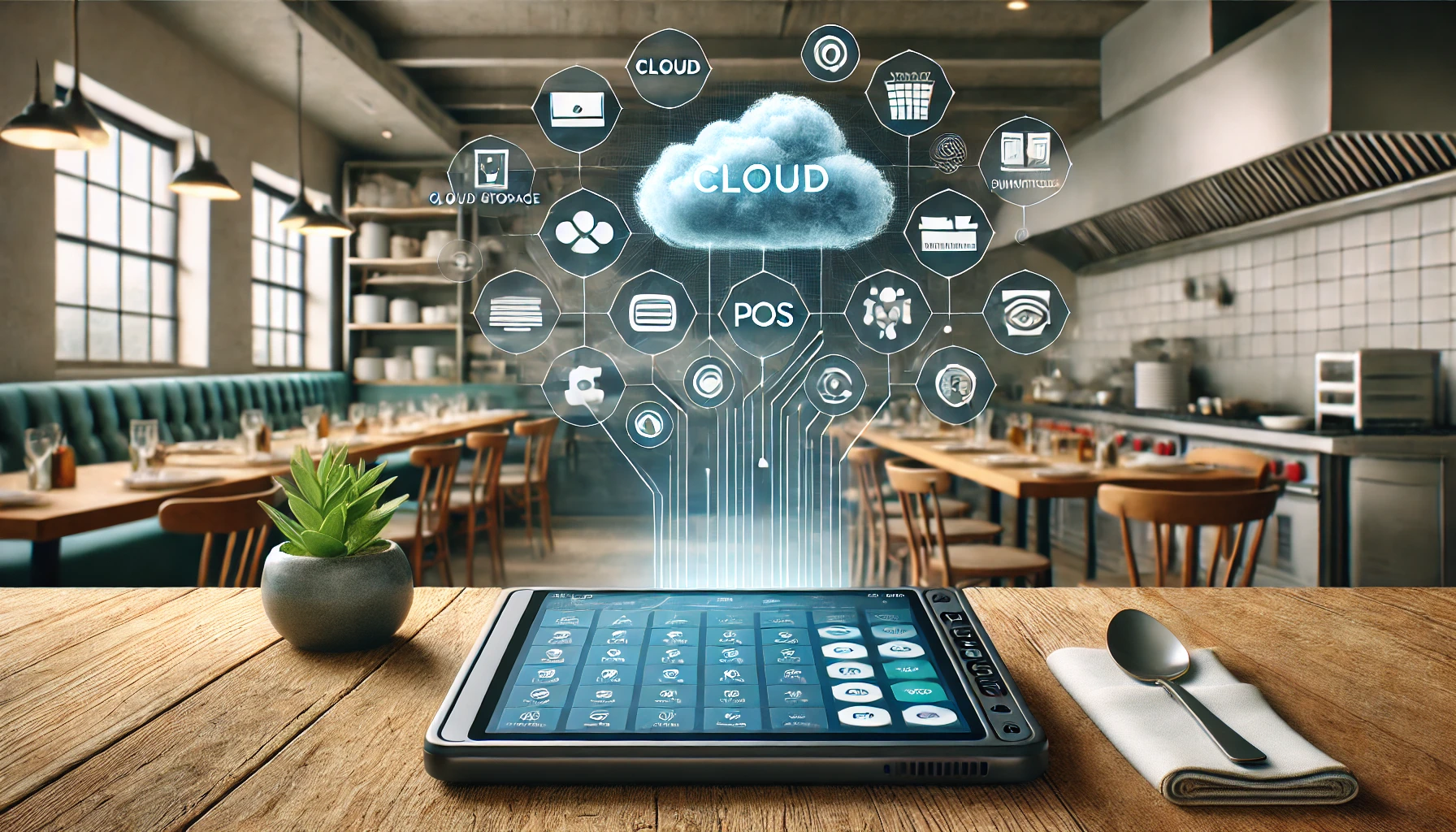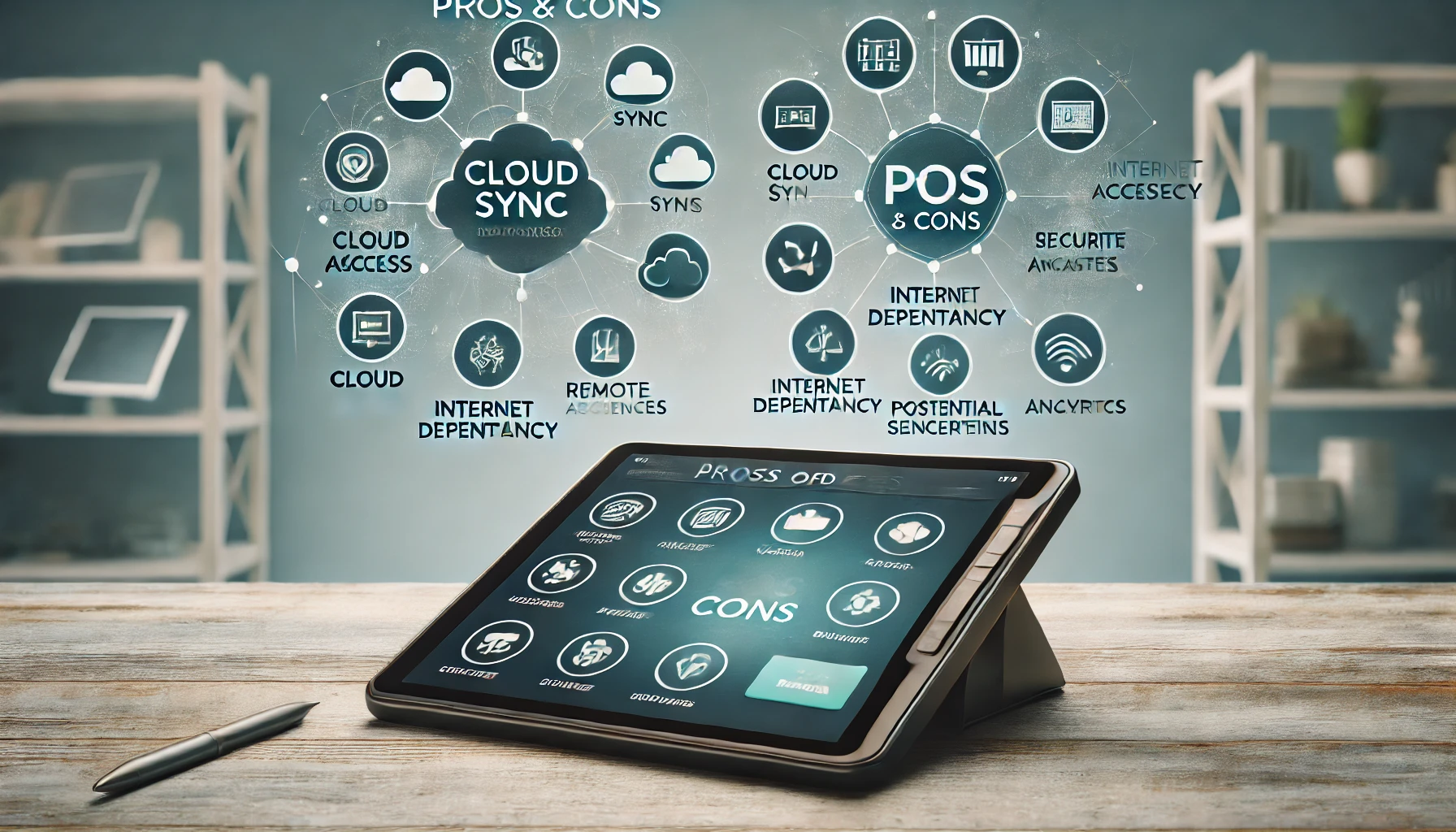How to Integrate Cloud Payments with IoT Devices
In today’s digital age, the Internet of Things (IoT) has revolutionized the way we interact with everyday objects. From smart homes to connected cars, IoT devices have become an integral part of our lives. Alongside this, cloud computing has emerged as a powerful tool for storing and processing vast amounts of data. When combined, cloud payments and IoT devices offer a seamless and secure way to make transactions and manage payments.
Cloud payments refer to the use of cloud-based platforms to process and store payment information. This eliminates the need for physical payment terminals and allows for real-time transaction processing. On the other hand, IoT devices are physical objects embedded with sensors, software, and connectivity that enable them to collect and exchange data.
By integrating cloud payments with IoT devices, businesses can streamline their payment processes, enhance customer experiences, and gain valuable insights into consumer behavior.
Understanding the Benefits of Integrating Cloud Payments with IoT Devices
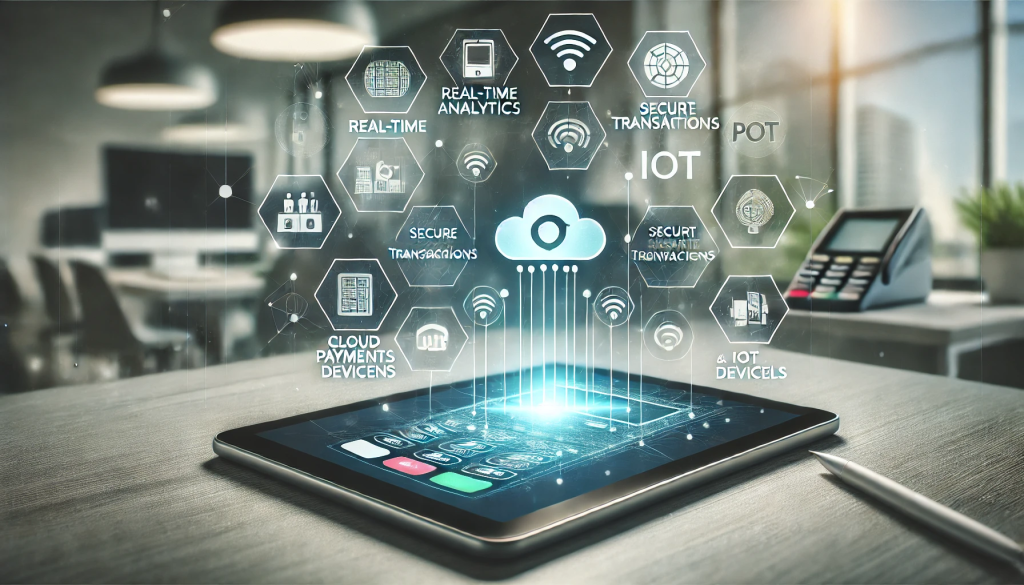
The integration of cloud payments with IoT devices brings numerous benefits to businesses and consumers alike. Firstly, it enables businesses to offer a seamless and convenient payment experience to their customers. With IoT devices such as smartwatches and connected cars, customers can make payments effortlessly, without the need for physical cards or cash. This not only saves time but also enhances customer satisfaction.
Furthermore, integrating cloud payments with IoT devices allows businesses to gather valuable data on consumer behavior. By analyzing this data, businesses can gain insights into customer preferences, purchasing patterns, and trends. This information can then be used to personalize marketing campaigns, improve product offerings, and enhance overall customer experiences.
Another significant benefit of integrating cloud payments with IoT devices is the increased security it provides. Traditional payment methods such as credit cards are susceptible to fraud and data breaches. However, with cloud payments, sensitive payment information is securely stored in the cloud, reducing the risk of theft or unauthorized access. Additionally, IoT devices can be equipped with advanced security features such as biometric authentication, further enhancing the security of transactions.
Exploring the Key Components of Cloud Payments and IoT Integration
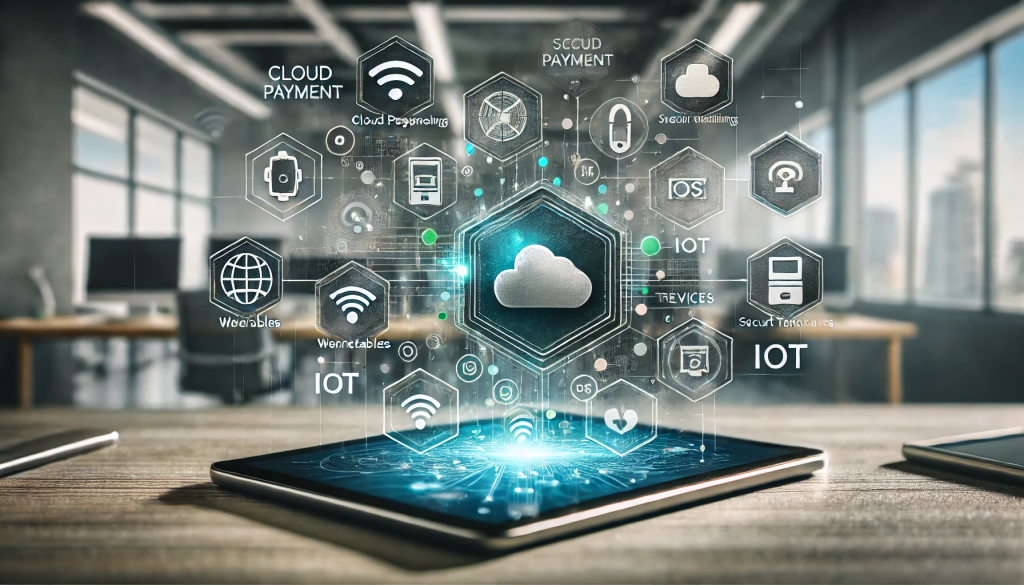
To understand how cloud payments and IoT devices can be integrated, it is essential to explore the key components of this integration. Firstly, there is the cloud payment platform, which serves as the central hub for processing and storing payment information. This platform securely stores customer data, facilitates real-time transaction processing, and provides analytics and reporting capabilities.
Next, there are the IoT devices themselves, which can range from smartwatches and fitness trackers to connected cars and smart home devices. These devices are equipped with sensors, software, and connectivity that enable them to collect and exchange data. In the context of cloud payments, IoT devices act as payment terminals, allowing customers to make transactions seamlessly.
Another crucial component of cloud payments and IoT integration is the communication protocol. This protocol enables IoT devices to connect to the cloud payment platform securely. Common protocols used in IoT environments include MQTT (Message Queuing Telemetry Transport) and CoAP (Constrained Application Protocol). These protocols ensure that data is transmitted securely and efficiently between IoT devices and the cloud.
Choosing the Right Cloud Payment Solution for IoT Devices
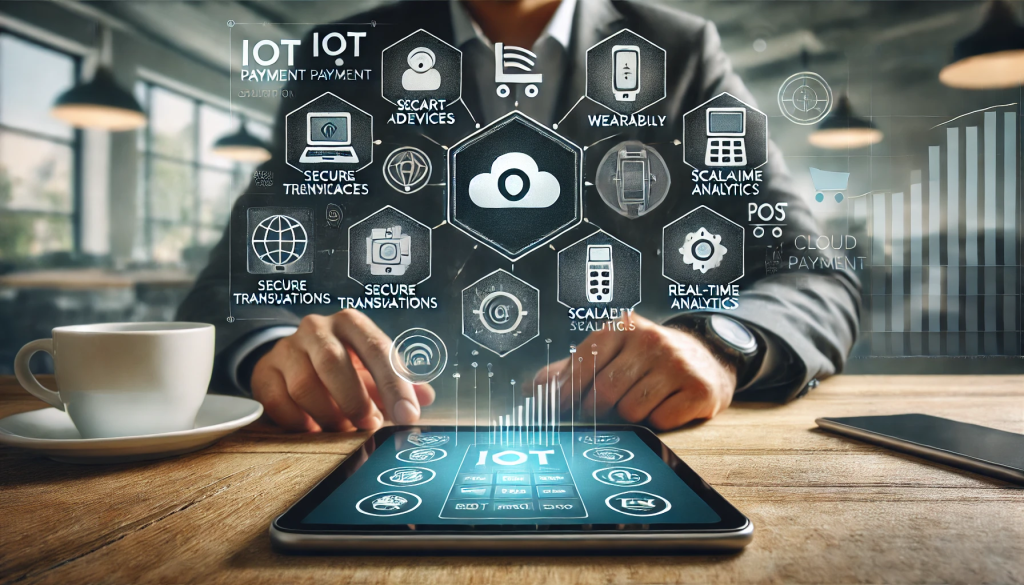
When integrating cloud payments with IoT devices, it is crucial to choose the right cloud payment solution. There are several factors to consider when selecting a solution, including security, scalability, and compatibility with IoT devices.
Security is of utmost importance when it comes to cloud payments. It is essential to choose a solution that employs robust encryption techniques to protect sensitive payment information. Additionally, the solution should have built-in security features such as tokenization and multi-factor authentication to further enhance transaction security.
Scalability is another critical factor to consider. As the number of IoT devices and transactions increases, the cloud payment solution should be able to handle the growing demand without compromising performance. It should have the ability to scale horizontally by adding more servers or vertically by increasing the processing power of existing servers.
Compatibility with IoT devices is also essential. The chosen cloud payment solution should support a wide range of IoT devices and communication protocols. This ensures that businesses can integrate their existing IoT devices seamlessly and future-proof their payment infrastructure.
Step-by-Step Guide to Integrating Cloud Payments with IoT Devices
Integrating cloud payments with IoT devices may seem complex, but with a step-by-step approach, it can be achieved smoothly. Here is a guide to help businesses navigate the integration process:
- Define the objectives: Start by clearly defining the objectives of integrating cloud payments with IoT devices. Determine what specific benefits you aim to achieve, such as improved customer experience or enhanced data analytics.
- Assess existing infrastructure: Evaluate your existing IoT devices and payment infrastructure. Identify any gaps or limitations that need to be addressed before integration.
- Choose a cloud payment solution: Select a cloud payment solution that meets your security, scalability, and compatibility requirements. Consider factors such as cost, ease of integration, and customer support.
- Develop an integration plan: Create a detailed plan outlining the steps involved in integrating cloud payments with IoT devices. This plan should include tasks such as device configuration, data mapping, and testing.
- Configure IoT devices: Configure your IoT devices to connect to the cloud payment platform. This may involve installing software updates, setting up communication protocols, and configuring security settings.
- Establish data mapping: Define how data will be exchanged between IoT devices and the cloud payment platform. Determine what data needs to be collected, how it will be transmitted, and how it will be stored and processed.
- Test and validate: Conduct thorough testing to ensure that the integration is functioning correctly. Test various scenarios, such as making payments from different IoT devices and processing transactions in real-time.
- Train employees: Provide training to employees who will be involved in managing and using the integrated system. Ensure that they understand how to operate IoT devices, process payments, and troubleshoot any issues that may arise.
- Monitor and optimize: Continuously monitor the performance of the integrated system and make necessary optimizations. Regularly review data analytics to gain insights and identify areas for improvement.
Overcoming Challenges in Integrating Cloud Payments with IoT Devices
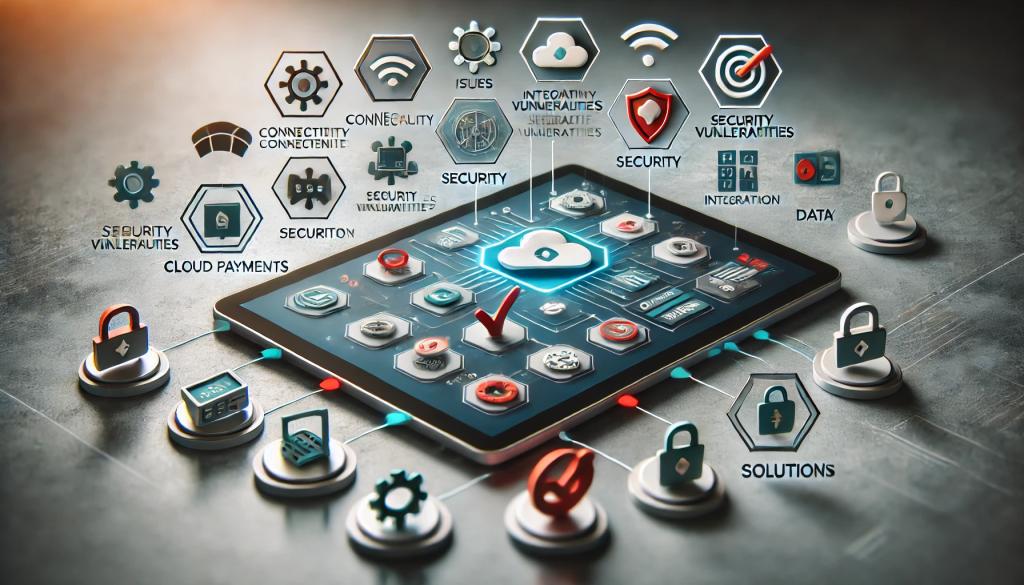
While integrating cloud payments with IoT devices offers numerous benefits, there are also challenges that businesses may face. One of the main challenges is ensuring the security of transactions and protecting sensitive payment information. To overcome this challenge, businesses should implement robust encryption techniques, multi-factor authentication, and regular security audits.
Another challenge is the interoperability of IoT devices and communication protocols. IoT devices come in various shapes and sizes, and they may use different communication protocols. To address this challenge, businesses should choose a cloud payment solution that supports a wide range of devices and protocols. Additionally, standardization efforts in the IoT industry can help improve interoperability.
Scalability is another challenge that businesses may encounter. As the number of IoT devices and transactions increases, the cloud payment solution should be able to handle the growing demand without compromising performance. To overcome this challenge, businesses should choose a solution that offers horizontal and vertical scalability options.
Best Practices for Securing Cloud Payments in IoT Environments

Securing cloud payments in IoT environments is of utmost importance to protect sensitive payment information and prevent fraud. Here are some best practices to ensure the security of cloud payments in IoT environments:
- Implement strong encryption: Use robust encryption techniques to protect payment data both during transmission and storage. Encryption ensures that even if data is intercepted, it cannot be deciphered without the encryption key.
- Use tokenization: Tokenization replaces sensitive payment information with unique tokens. This ensures that even if the token is intercepted, it cannot be used to retrieve the original payment data. Tokenization adds an extra layer of security to cloud payments.
- Employ multi-factor authentication: Implement multi-factor authentication to verify the identity of users making payments. This can include a combination of something the user knows (e.g., a password), something the user has (e.g., a mobile device), and something the user is (e.g., biometric data).
- Regularly update software and firmware: Keep IoT devices and cloud payment platforms up to date with the latest software and firmware updates. These updates often include security patches that address vulnerabilities and protect against emerging threats.
- Conduct regular security audits: Regularly audit the security of your cloud payment infrastructure to identify any vulnerabilities or weaknesses. This can involve penetration testing, vulnerability scanning, and code reviews.
- Monitor for suspicious activity: Implement real-time monitoring systems to detect and respond to any suspicious activity. This can include monitoring for unusual transaction patterns, unauthorized access attempts, or abnormal data transfers.
Frequently Asked Questions (FAQs) about Cloud Payments and IoT Integration
Q1: What is the difference between cloud payments and traditional payment methods?
Traditional payment methods such as credit cards involve physical cards and payment terminals. Cloud payments, on the other hand, use cloud-based platforms to process and store payment information. This eliminates the need for physical cards and allows for real-time transaction processing.
Q2: How does integrating cloud payments with IoT devices benefit businesses?
Integrating cloud payments with IoT devices offers several benefits to businesses. It enables them to offer a seamless and convenient payment experience to customers, gather valuable data on consumer behavior, and enhance transaction security.
Q3: What security measures should businesses implement when integrating cloud payments with IoT devices?
Businesses should implement strong encryption, tokenization, multi-factor authentication, and regular security audits to ensure the security of cloud payments in IoT environments.
Q4: How can businesses overcome the interoperability challenge when integrating cloud payments with IoT devices?
To overcome the interoperability challenge, businesses should choose a cloud payment solution that supports a wide range of IoT devices and communication protocols. Additionally, standardization efforts in the IoT industry can help improve interoperability.
Conclusion
Integrating cloud payments with IoT devices offers businesses a seamless and secure way to process transactions and manage payments. By leveraging the power of cloud computing and IoT technology, businesses can enhance customer experiences, gain valuable insights into consumer behavior, and improve overall operational efficiency.
However, it is crucial to choose the right cloud payment solution, follow a step-by-step integration process, and implement robust security measures to ensure the success of the integration. With careful planning and implementation, businesses can unlock the full potential of cloud payments in IoT environments.
